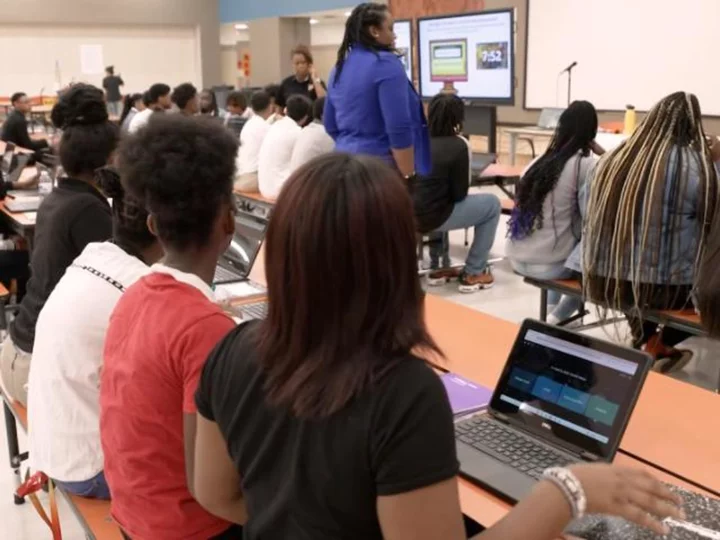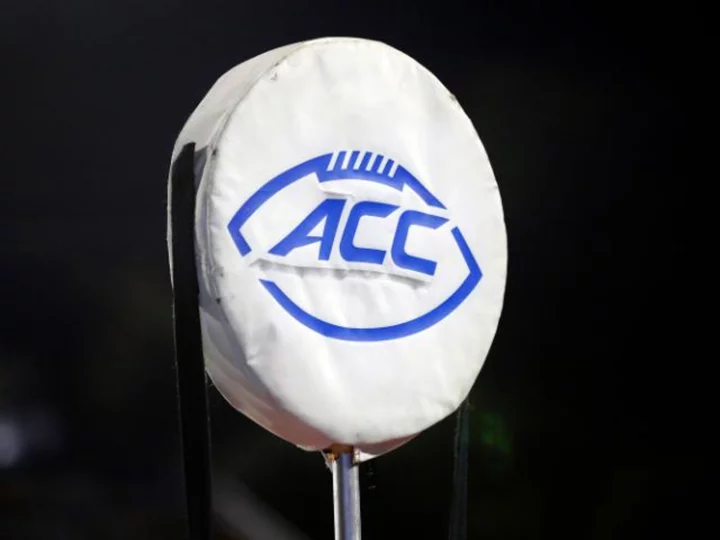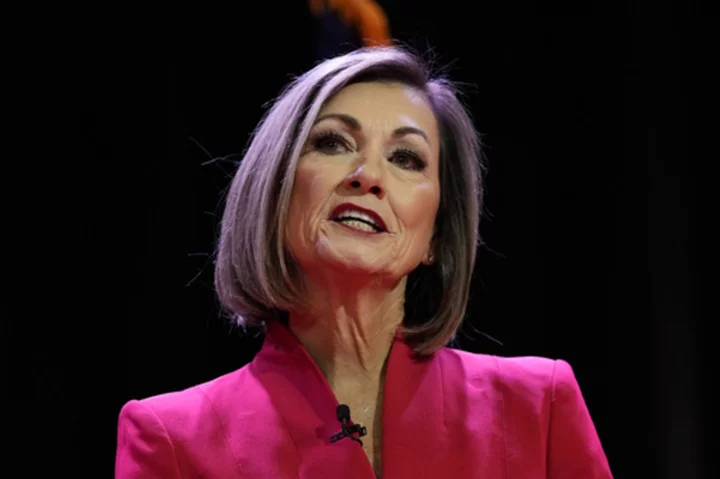Millions of students are returning for another school year marked by challenging teacher shortages, causing schools to double up classrooms, move courses online and employ what critics have labeled as underqualified teachers.
As states lower the certification standards to become a teacher, education experts worry these tactics could delay students' recovery from pandemic learning loss.
Packed classrooms and online teachers a state away
Inside a school cafeteria in Lancaster, Texas, the impacts of the brutal teacher shortage are clear as day.
Close to 50 students from two ninth grade biology classes squeeze together for a lecture taught by Briana Jack, the only certified science teacher available to these students.
Across the room, a second, uncertified science teacher plays a supporting role, assisting with small group instruction and answering students' questions where she can. She's in her second year at Lancaster Independent School District, still going through a certification program and learning to teach.
"For the students, that experience is difficult. There's a lot of distractions," Jack said of the large class size. "As teachers, we have to pivot. We do the best with what we have."
Lancaster ISD is one of many school districts across the US struggling to find certified teachers and fill open positions.
"I see less applicants and I see less qualified applicants for those positions, and I see that it will be a harder task for the team to find someone and get them up to speed," Lancaster Superintendent Katrise Perera told CNN, adding that she's had to be creative to fill vacancies across the district. "I don't want to call any parent and say, 'We just filled it with a warm body.'"
So, for some Lancaster classes, the teacher isn't even in the room. The district has contracted 67 daily class periods with an online learning company called Elevate K-12, which provides live virtual instruction by certified teachers projected on a big screen at the front of the classroom, with in-person aides assisting students when needed.
A spokesperson for Elevate K-12 says demand for these programs has risen since the pandemic. Some districts are spending hundreds of thousands or even millions of dollars on virtual teachers, according to reporting by The 74.
"We've been allowed to think outside the box," Perera said. "Nothing is better than a well qualified teacher in the classroom with students who knows the work, who knows the content, and will embrace all the learning styles in a classroom. The unfortunate piece is that we don't have that luxury anymore. That keeps me up at night."
CNN sat in on a virtual algebra class as students received instruction from a certified teacher in Louisiana.
"Before we got into this online class, we really didn't have a teacher," tenth grader Janiya Armington told CNN. "It was just assignments and, like, notes."
For now, a teacher a state away may be better than the alternative, but some at Lancaster say they're feeling the impact of the shortages.
"I feel like the problem is just getting worse instead of better," tenth grader Kayla Cooper added. "It's kind of sad, because I want to learn."
Lowering qualification standards
An analysis of education data from 37 states and DC found most states are experiencing some degree of teacher shortage and that teacher turnover surged during the pandemic, with more leaving the profession than ever before.
A Chalkbeat analysis of data from 8 states also found that teacher turnover is on the rise.
Education experts blame a range of issues for the teacher exodus, including the profession's low salaries, growing workload, worsening student behavior, and growing politicization of school curricula and teaching.
With fewer college graduates training to be educators, more districts are hiring what many consider underqualified teachers, often relying on long-term substitutes or paraprofessionals.
Research from the Learning Policy Institute (LPI) found that 1 in 10 teacher positions are either vacant or filled by someone uncertified for the subject they are teaching.
"Teachers who are not fully prepared are not as effective in the classroom, and this is at a time when students really need effective instruction," LPI Senior Researcher Susan Patrick said. "If students have an ineffective teacher for multiple years in a row, they're going to fall even further behind."
More states are now "fast-tracking" the teacher certification process. At least 23 states have lowered certification standards for new teachers to get them into classrooms more quickly, according to data collected by the National Council on Teacher Quality.
"I think parents need to be asking questions about the qualifications of their teachers," said Heather Peske, president of the National Council on Teacher Quality. "I'm a parent and the first question I would ask would be, are my children's teachers licensed in the subject that they're teaching my children? And if they're not, I would ask the principal, how are you supporting the teachers who are unprepared or unqualified to be teaching these students."
These charts and graphs explain why teachers are calling it quits
Turning to support staff
Some districts are trying another solution: turning their support staff into qualified teachers.
Reach University, a non-profit, offers free or low-cost certification training, starting with a bachelor's degree, to any school employee, from paraeducators to custodians and bus drivers, if they agree to teach in the district once they're certified.
The program is currently training more than 1,300 new teachers and has seen enrollment grow threefold each year since launching in 2020, primarily serving rural and low-income districts in the South and California, according to a Reach University spokesperson.
Katie Lee, a paraprofessional and bus driver in Arkansas, is going through the Reach program now, hoping to be certified in the next year and a half.
"I'm very excited," Lee said. "I just see a lot of kids not wanting to finish school because they don't have the teachers that are able to be there ... I want to be able to help kids. I want to be able to impact their lives ... If we don't have teachers, then the kids aren't going to have that."









